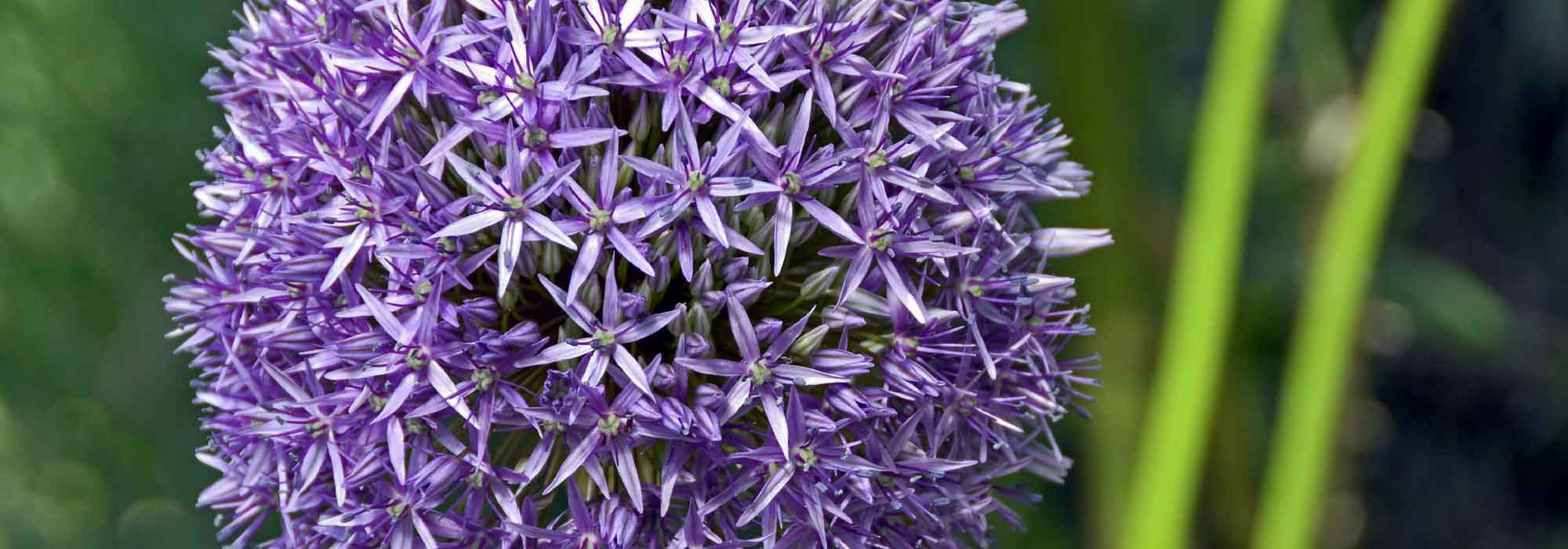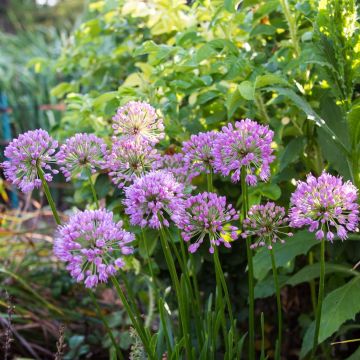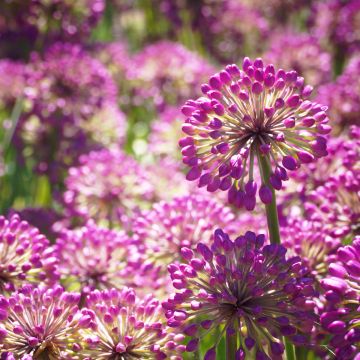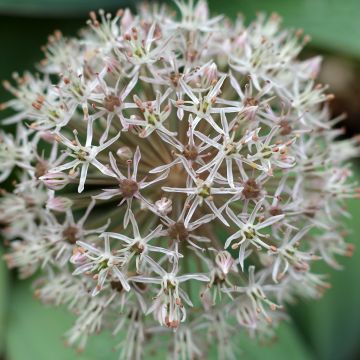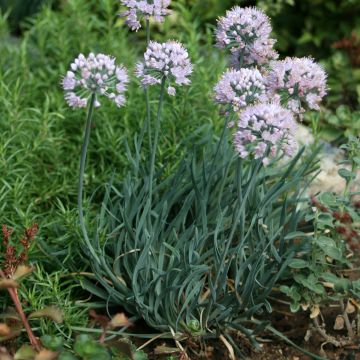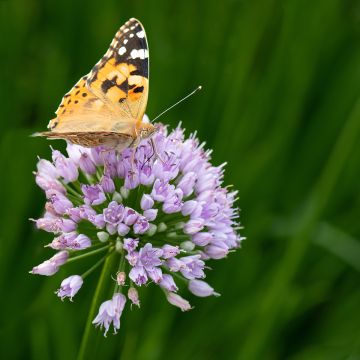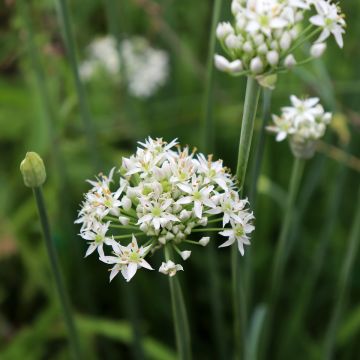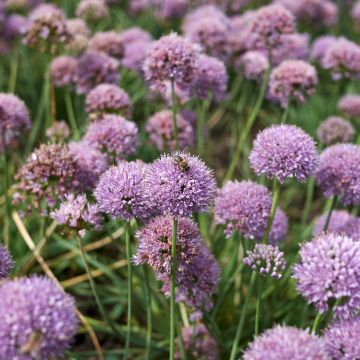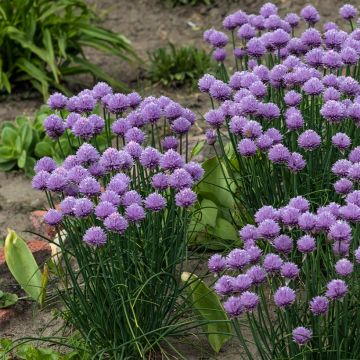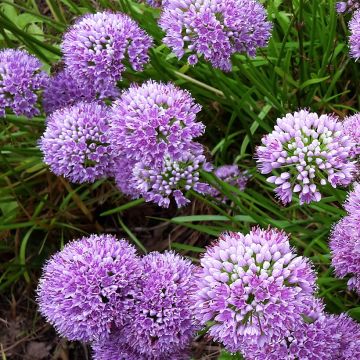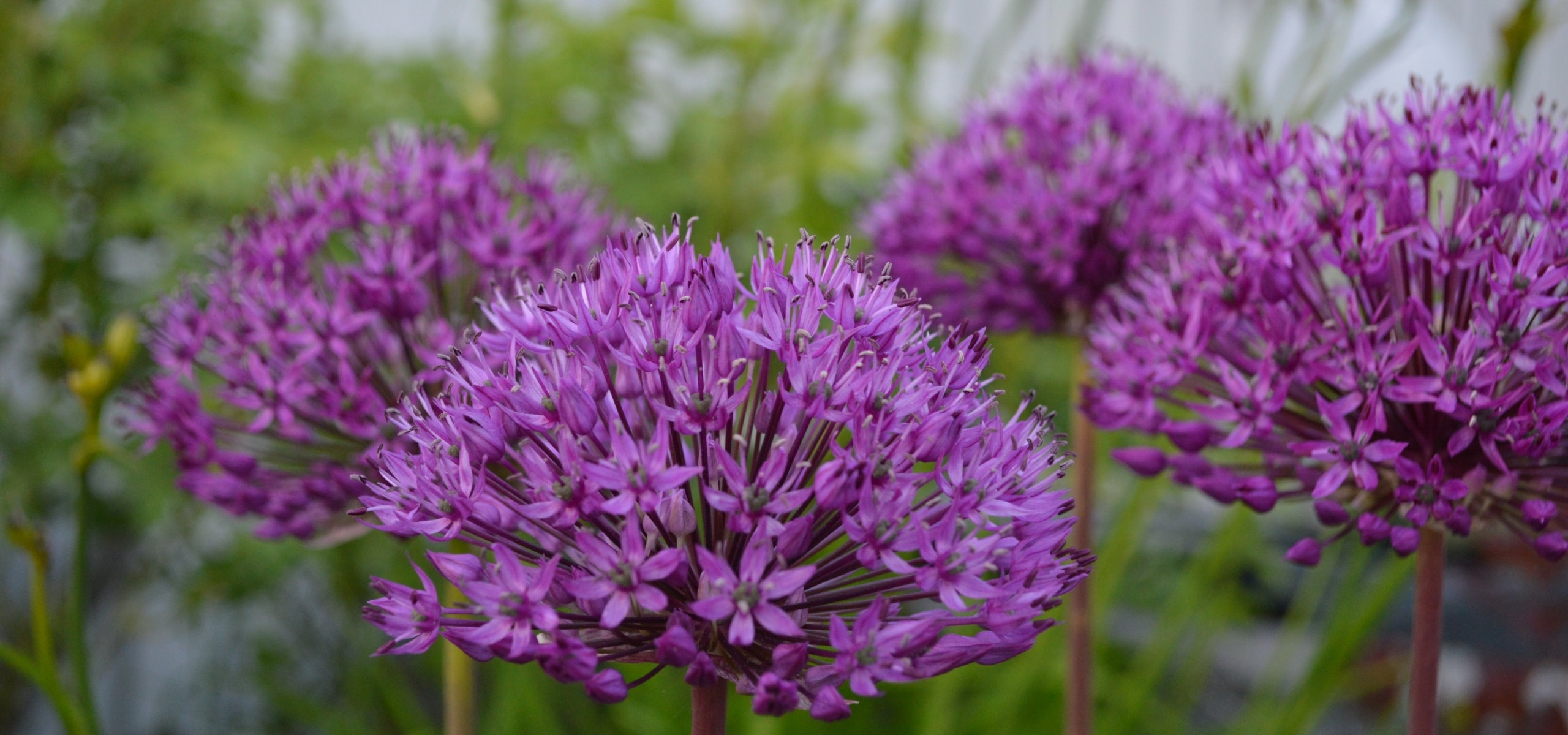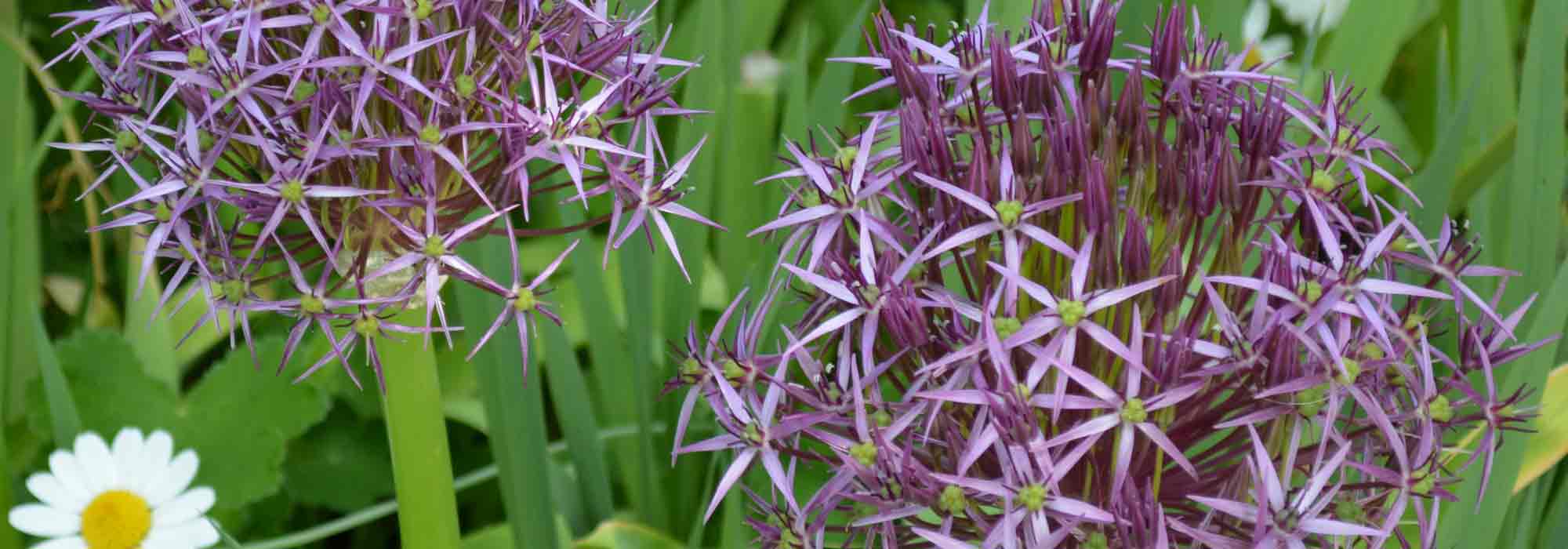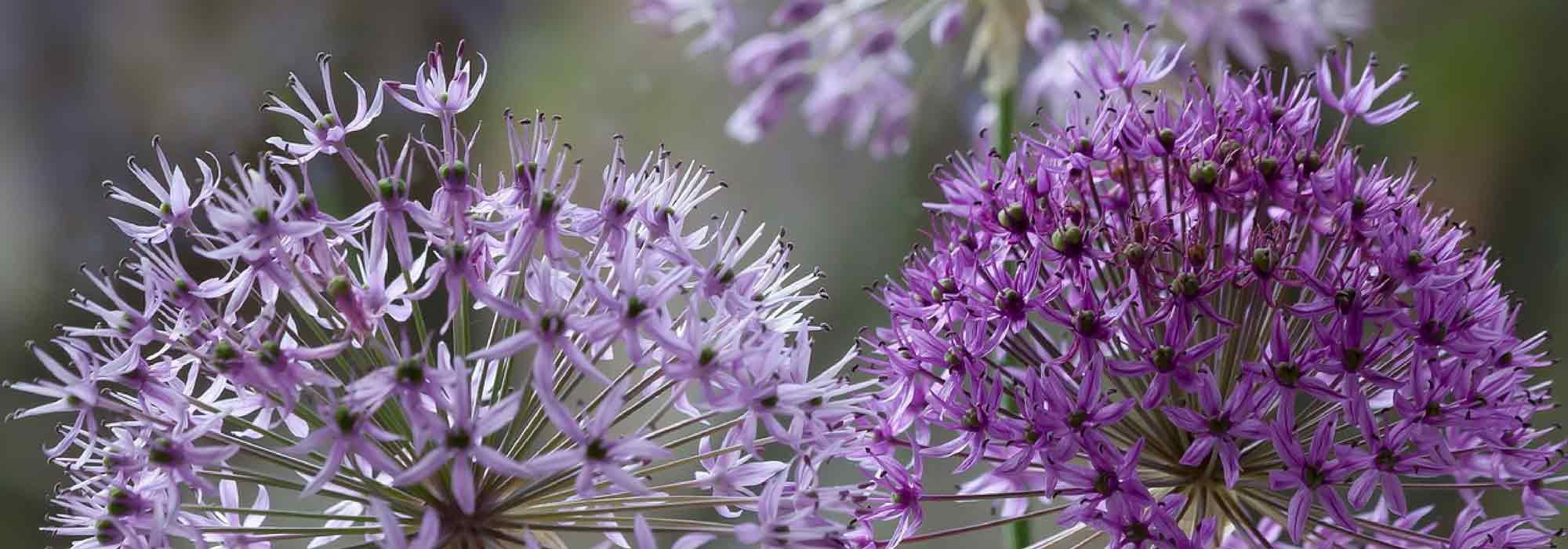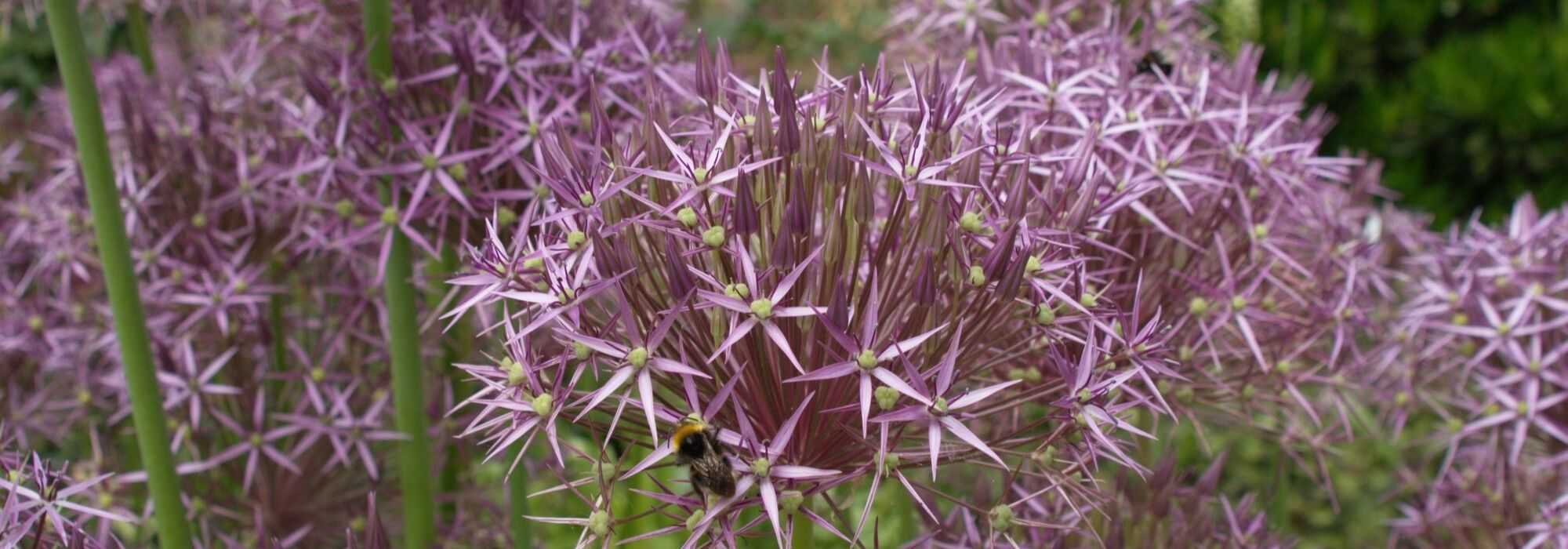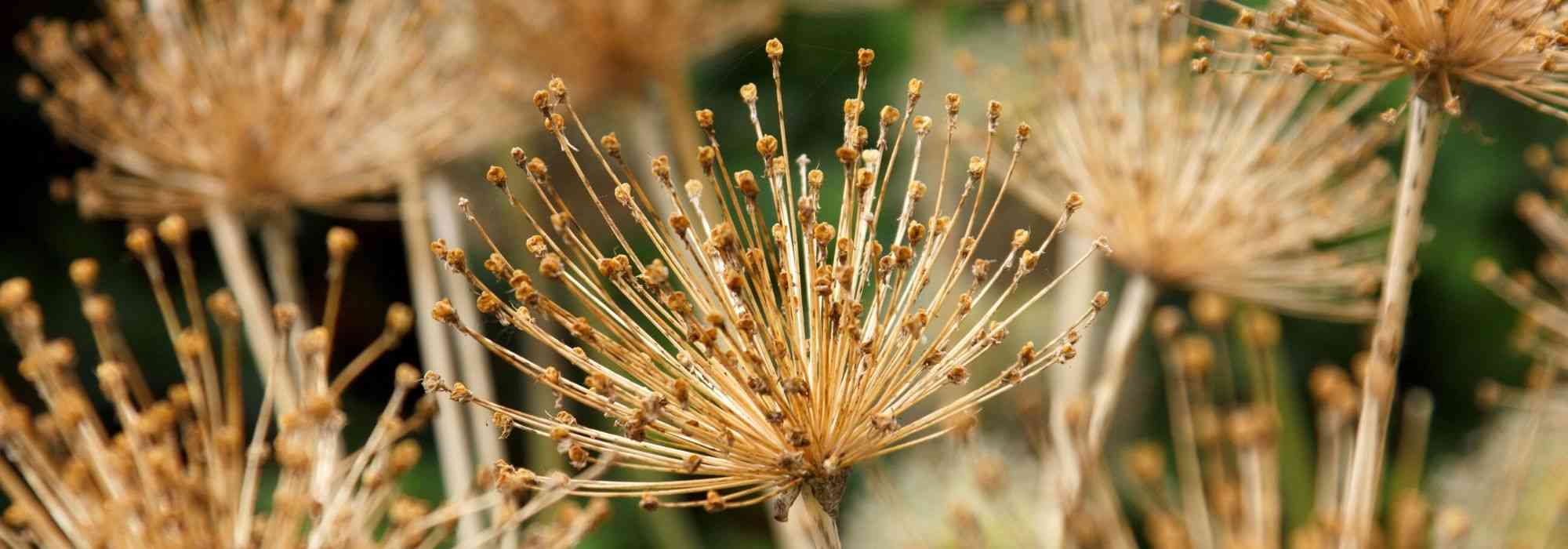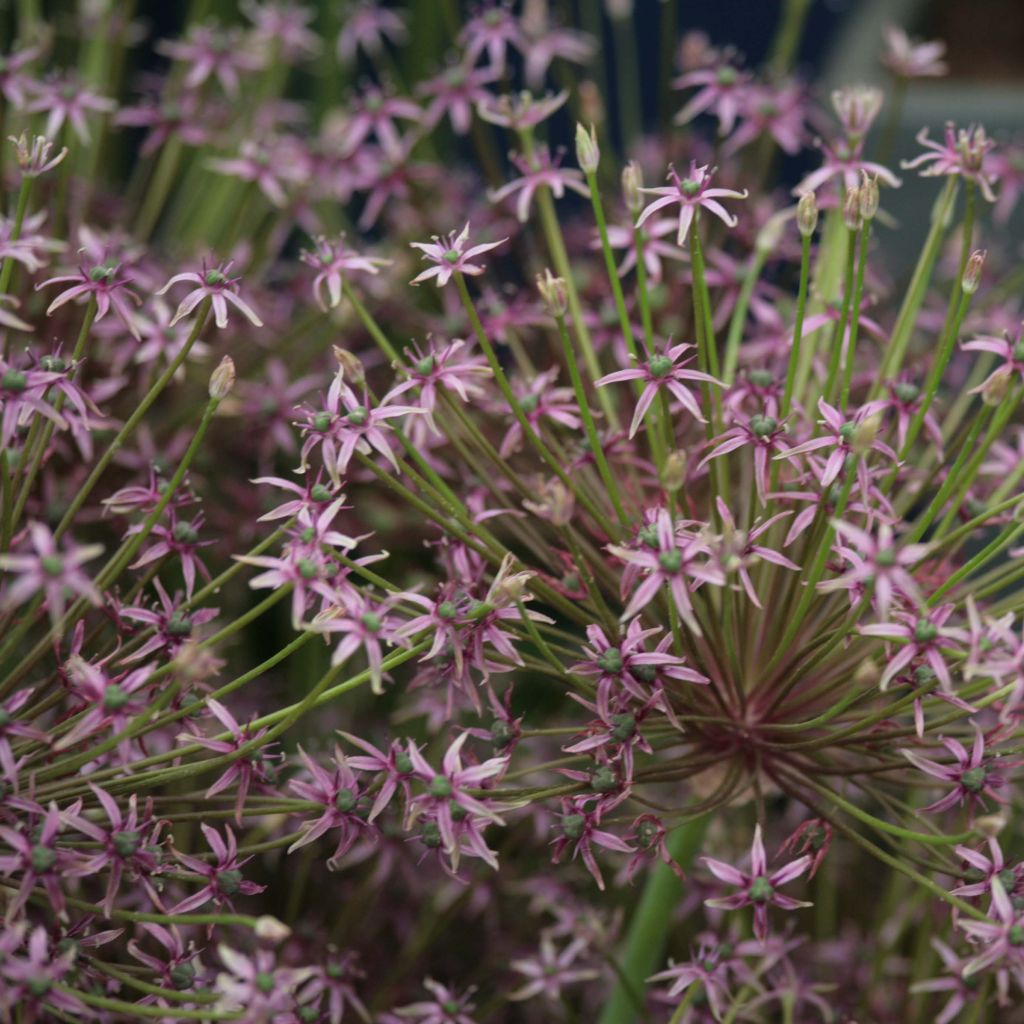

Ail d'ornement - Allium schubertii Spider
Allium schubertii Spider
Allium schubertii Spider
Schubert's Allium, Ornamental Onion
The result is simply spectacular. This flower is splendid, even when it has lost its petals. It is very visually striking and suits both a Zen garden and an English garden. I highly recommend it.
catherine, 13/06/2018
Special offer!
Receive a €20 voucher for any order over €90 (excluding delivery costs, credit notes, and plastic-free options)!
1- Add your favorite plants to your cart.
2- Once you have reached €90, confirm your order (you can even choose the delivery date!).
3- As soon as your order is shipped, you will receive an email containing your voucher code, valid for 3 months (90 days).
Your voucher is unique and can only be used once, for any order with a minimum value of €20, excluding delivery costs.
Can be combined with other current offers, non-divisible and non-refundable.
Home or relay delivery (depending on size and destination)
Schedule delivery date,
and select date in basket
This plant carries a 6 months recovery warranty
More information
We guarantee the quality of our plants for a full growing cycle, and will replace at our expense any plant that fails to recover under normal climatic and planting conditions.
Would this plant suit my garden?
Set up your Plantfit profile →
Description
Allium 'Spider' is a new ornamental garlic resulting from the hybridisation of A. schubertii and A. atropurpureum. This beautiful variety forms large spherical umbels with spider-like patterns in early summer. The star-shaped flowers, with a purple-violet colour crossed by a green glow, explode like fireworks in flower beds. Fabulous in contemporary or natural-inspired compositions alongside valerian, thistles, and grasses, this bulbous plant thrives in light, dry soils in summer. Its flowers are extraordinary in dry or fresh bouquets.
Allium 'Spider' belongs to the Amaryllidaceae family, just like leeks, onions, and garlic in our vegetable gardens. Every part of the plant is edible, from the bulb to the flowers, which can be used to decorate and flavour summer salads. It is a beautiful horticultural hybrid that combines the qualities of its two parents: it has the airy inflorescence structure of the schubertii species and the more purplish colour of atropurpureum flowers.
Fast-growing, it reaches a height of 50 to 60cm (20 to 24in) when flowering and spreads on the ground through bulb multiplication. The flowering takes place in June-July, in the form of umbels 25cm (10in) in diameter. Each umbel is composed of 30 to 50 small star-shaped flowers with 6 petals carried by pedicels of variable size, all radiating from a central point. After pollination by insects, they produce capsules that remain decorative for a long time. The foliage consists of long green leaves, which are single, basal, linear, and sessile, with an entire margin and parallel vein. The leaves disappear at the latest in November, often as early as August in hot and dry climates. The plant uses its bulb to survive winter.
Use 'Spider' as a focal point in a contemporary or country-style flower bed, especially in a dry garden. It will express its full potential in large groups of at least 10 to 15 bulbs. Plant it in a flower bed with white, mauve, pink, or red valerians, 'Buenos Aires' verbena, and shrubby artemisias, or as a border plant behind a row of neatly trimmed boxwood balls or small oak germander. It also works well along a wall or pathway, or in isolated clumps in the middle of creeping bugleweed. No matter how you use it, the decorative effect of this plant is guaranteed! It can also form beautiful pots that will be decorative from spring to autumn. Its flowers and foliage can be added to magnificent bouquets. To reduce the garlic scent of the flowers in fresh bouquets, for example, you can add a drop of bleach to the vase water or change the water regularly.
Allium 'Spider' pairs well with roses and chamomile in beds, or carrots and beets in the vegetable garden. It can repel aphids and other harmful insects. However, it seems to inhibit the growth of legumes. This plant is a poor companion for alfalfa and sainfoin, for example. Allium, like its relatives, is a medicinal plant.
Allium schubertii Spider in pictures
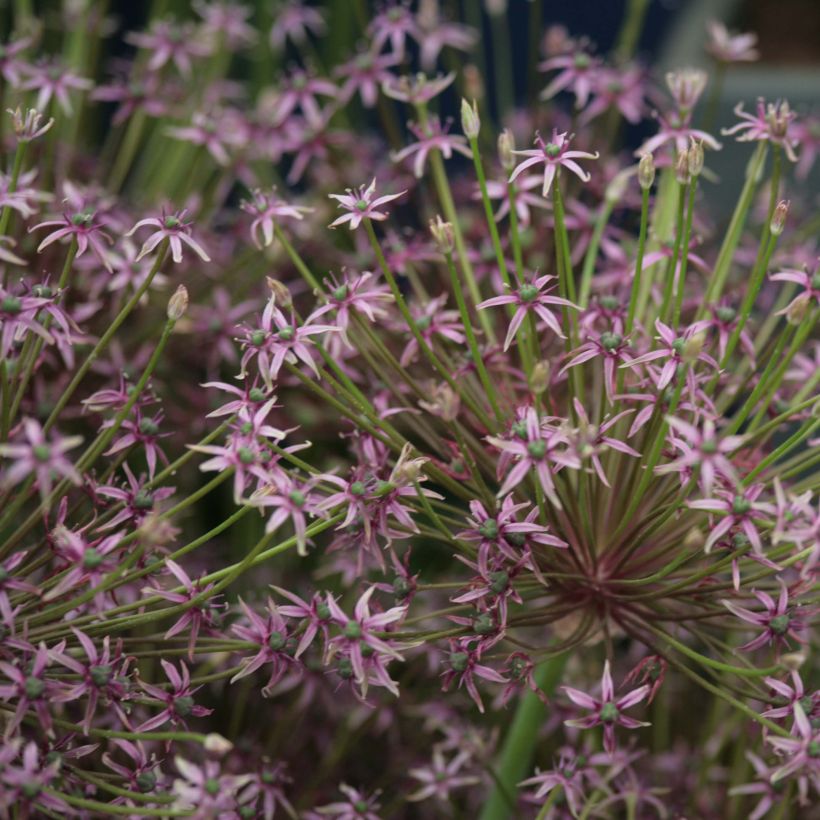

Plant habit
Flowering
Foliage
Botanical data
Allium
schubertii
Spider
Alliaceae - Liliaceae
Schubert's Allium, Ornamental Onion
Cultivar or hybrid
Other Allium
View all →Planting and care
Alliums are easy to grow in light soils that do not retain excessive moisture. Plant them preferably before the end of October so that they have time to establish. They fear humidity and waterlogged soils in winter or summer. Give them a sunny spot in well-drained soils, even rocky and chalky or sandy ones. Plant larger bulbs at a depth of 10 or 15cm (4 or 6in), with a spacing of 15cm (6in). Plant smaller bulbs at a depth of 10cm (4in), with a spacing of 7cm (3in). They are undemanding, but do prefer poor soils. The foliage should not be cut before it turns completely yellow, in order to allow the bulbs to replenish their reserves. Once acclimatised and established, this allium is quite resistant to drought. If the conditions are met, this bulbous plant requires no special maintenance, but does not like the root competition from other perennials. Alliums are sturdy plants and not very susceptible to diseases if the conditions are met. They multiply slowly by producing bulb offsets, eventually forming beautiful clumps.
Planting period
Intended location
Care
Planting & care advice
-
, onOrder confirmed
Reply from on Promesse de fleurs
Haven't found what you were looking for?
Hardiness is the lowest winter temperature a plant can endure without suffering serious damage or even dying. However, hardiness is affected by location (a sheltered area, such as a patio), protection (winter cover) and soil type (hardiness is improved by well-drained soil).

Photo Sharing Terms & Conditions
In order to encourage gardeners to interact and share their experiences, Promesse de fleurs offers various media enabling content to be uploaded onto its Site - in particular via the ‘Photo sharing’ module.
The User agrees to refrain from:
- Posting any content that is illegal, prejudicial, insulting, racist, inciteful to hatred, revisionist, contrary to public decency, that infringes on privacy or on the privacy rights of third parties, in particular the publicity rights of persons and goods, intellectual property rights, or the right to privacy.
- Submitting content on behalf of a third party;
- Impersonate the identity of a third party and/or publish any personal information about a third party;
In general, the User undertakes to refrain from any unethical behaviour.
All Content (in particular text, comments, files, images, photos, videos, creative works, etc.), which may be subject to property or intellectual property rights, image or other private rights, shall remain the property of the User, subject to the limited rights granted by the terms of the licence granted by Promesse de fleurs as stated below. Users are at liberty to publish or not to publish such Content on the Site, notably via the ‘Photo Sharing’ facility, and accept that this Content shall be made public and freely accessible, notably on the Internet.
Users further acknowledge, undertake to have ,and guarantee that they hold all necessary rights and permissions to publish such material on the Site, in particular with regard to the legislation in force pertaining to any privacy, property, intellectual property, image, or contractual rights, or rights of any other nature. By publishing such Content on the Site, Users acknowledge accepting full liability as publishers of the Content within the meaning of the law, and grant Promesse de fleurs, free of charge, an inclusive, worldwide licence for the said Content for the entire duration of its publication, including all reproduction, representation, up/downloading, displaying, performing, transmission, and storage rights.
Users also grant permission for their name to be linked to the Content and accept that this link may not always be made available.
By engaging in posting material, Users consent to their Content becoming automatically accessible on the Internet, in particular on other sites and/or blogs and/or web pages of the Promesse de fleurs site, including in particular social pages and the Promesse de fleurs catalogue.
Users may secure the removal of entrusted content free of charge by issuing a simple request via our contact form.
The flowering period indicated on our website applies to countries and regions located in USDA zone 8 (France, the United Kingdom, Ireland, the Netherlands, etc.)
It will vary according to where you live:
- In zones 9 to 10 (Italy, Spain, Greece, etc.), flowering will occur about 2 to 4 weeks earlier.
- In zones 6 to 7 (Germany, Poland, Slovenia, and lower mountainous regions), flowering will be delayed by 2 to 3 weeks.
- In zone 5 (Central Europe, Scandinavia), blooming will be delayed by 3 to 5 weeks.
In temperate climates, pruning of spring-flowering shrubs (forsythia, spireas, etc.) should be done just after flowering.
Pruning of summer-flowering shrubs (Indian Lilac, Perovskia, etc.) can be done in winter or spring.
In cold regions as well as with frost-sensitive plants, avoid pruning too early when severe frosts may still occur.
The planting period indicated on our website applies to countries and regions located in USDA zone 8 (France, United Kingdom, Ireland, Netherlands).
It will vary according to where you live:
- In Mediterranean zones (Marseille, Madrid, Milan, etc.), autumn and winter are the best planting periods.
- In continental zones (Strasbourg, Munich, Vienna, etc.), delay planting by 2 to 3 weeks in spring and bring it forward by 2 to 4 weeks in autumn.
- In mountainous regions (the Alps, Pyrenees, Carpathians, etc.), it is best to plant in late spring (May-June) or late summer (August-September).
The harvesting period indicated on our website applies to countries and regions in USDA zone 8 (France, England, Ireland, the Netherlands).
In colder areas (Scandinavia, Poland, Austria...) fruit and vegetable harvests are likely to be delayed by 3-4 weeks.
In warmer areas (Italy, Spain, Greece, etc.), harvesting will probably take place earlier, depending on weather conditions.
The sowing periods indicated on our website apply to countries and regions within USDA Zone 8 (France, UK, Ireland, Netherlands).
In colder areas (Scandinavia, Poland, Austria...), delay any outdoor sowing by 3-4 weeks, or sow under glass.
In warmer climes (Italy, Spain, Greece, etc.), bring outdoor sowing forward by a few weeks.






























